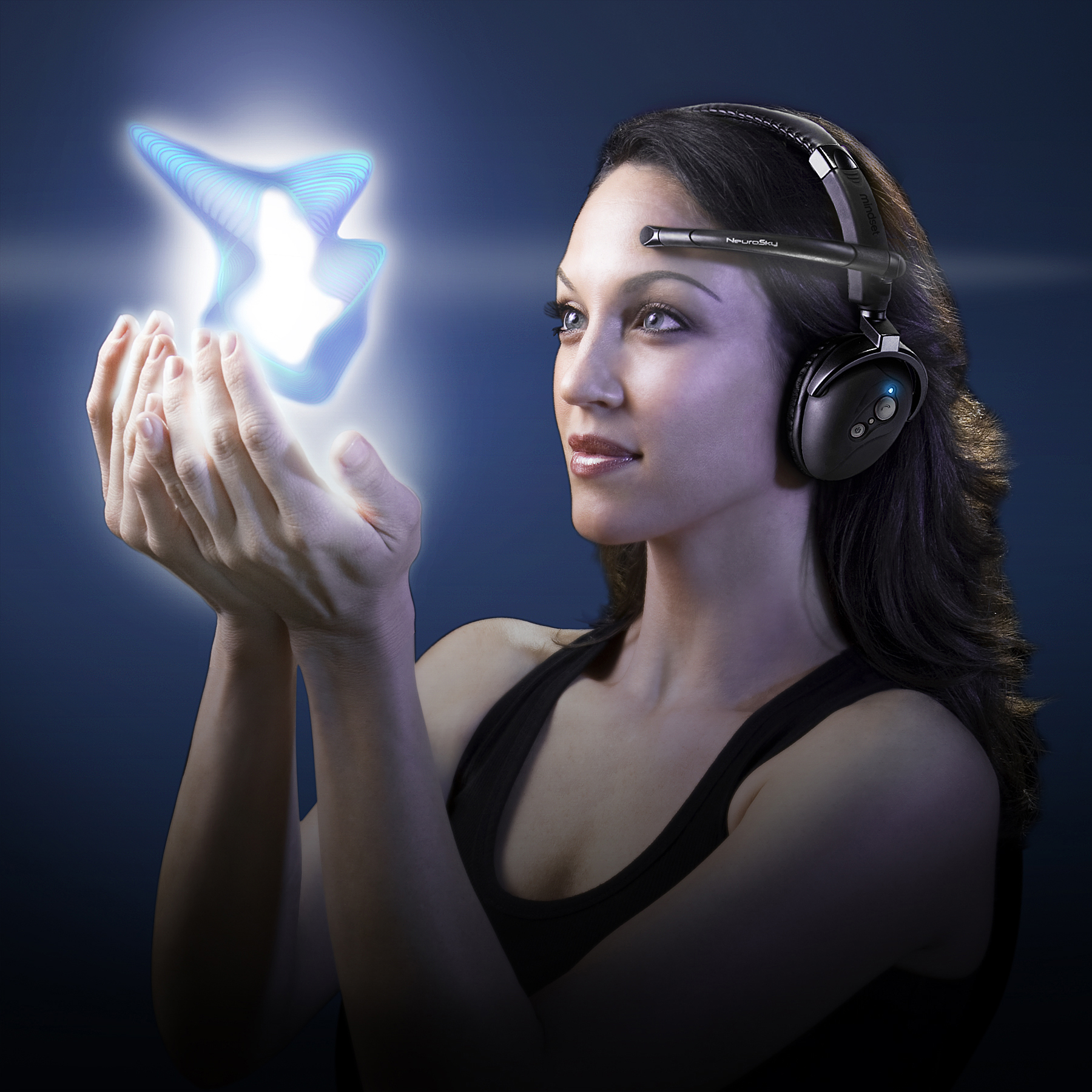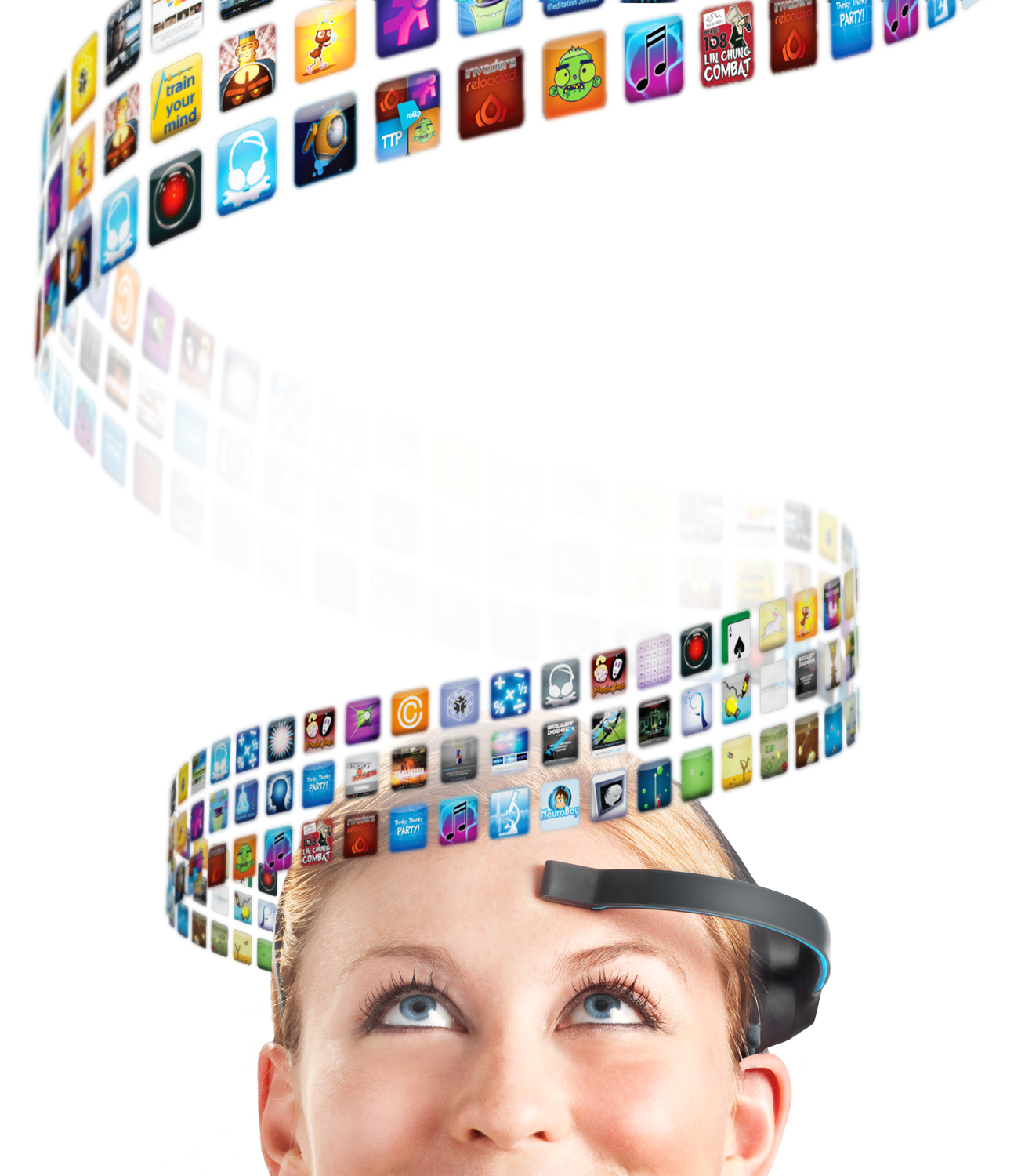Mind-Tracking Devices: Do 'Brain Wearables' Really Work?

Many wearable devices can track your heart rate, steps, body temperature or sleep, but a new class of wearables aims to move beyond tracking the physical to tracking the mind.
The makers of these "brain wearables" — which come in the form of headsets with electrodes — claim the devices can improve your focus, detect stress and even let you play video games with your brain. The devices work by detecting the brain's electrical activity, or brain waves, using electroencephalography (EEG).
But do they really work?
Independent experts say that, in theory, brain wearables could indeed do what they claim. Research over the past several decades has shown that EEG signals are related to concentration, memory, attention and even thoughts about moving different parts of the body. But questions remain about how well some commercial brain wearables can detect brain waves in "real world" circumstances, which aren't controlled as precisely as those in a laboratory.
Brain signals themselves are rather weak, and even the most advanced and expensive laboratory tools can have trouble detecting them, or can be fooled from time to time.
"If it's difficult to detect those tiny signals in the laboratory with high-quality and expensive equipment … clearly this issue is going to face even greater challenges" in an uncontrolled environment, said Gerwin Schalk, a neuroscientist at the New York State Department of Health's Wadsworth Center.
Industry experts acknowledge the limitations of commercial brain wearables, but they say that they've been able to design software that partly makes up for these shortcomings. [Bionic Humans: Top 10 Technologies]
Sign up for the Live Science daily newsletter now
Get the world’s most fascinating discoveries delivered straight to your inbox.
Detecting brain waves

One of the first commercial brain wearables was released in 2009 by a company called NeuroSky. The device was an EEG headset that could be used to play a game called Mindflex, from Mattel, in which users move a ball around a small obstacle course using their "brain power." Increased concentration raises the ball in the air, via a motorized fan, and relaxation lowers the ball, the company says.
NeuroSky now also markets another EEG headset, called MindWave Mobile, directly to consumers. The company says the device can be used with a number of apps that claim to harness EEG signals to let users play games, reduce stress, increase attention and even help with learning.
Another brain wearable, called Muse, from InteraXon, claims to measure brain waves to help people meditate, giving them a better idea of how "active" or "calm" their mind is. And the makers of a recently released brain wearable called Melon say the device can improve your focus.
Schalk said it's certainly possible that such commercial brain wearables do measure people's brain waves, in certain circumstances. But the problem is that all EEG devices also pick up signals from other sources, like muscle movements or other electrical devices, that can look like EEG signals.
In laboratories, scientists can reduce this "noise" by having subjects sit still in a controlled environment, and by applying a conductive paste to the electrodes — so called "wet electrodes" — to improve the strength of the signal coming from the brain, which can't be done with commercial wearables.
But commercial brain wearables use "dry electrodes." Although these have improved in recent years, and the most advanced types are now as good as wet electrodes, there's still the problem of filtering out all that noise, said Jaime Pineda, a professor of cognitive science at the University of California, San Diego.
Filtering noise
To distinguish between brain signals and other electrical "noise," it helps to use a lot of electrodes. In lab studies, researchers who study brain activity place electrodes all over the head, so that a person might have anywhere from 20 to 200 electrodes on his or her scalp. Commercial brain wearables, on the other hand, typically have just one to five electrodes. That may be an issue, because the more electrodes that are used, the easier it is to apply algorithms to filter out the noise, or "artifacts," Pineda said.
"If you have 30 electrodes, it's a lot easier to know" whether a signal is a true brain signal or a signal from some other source, Pineda said. With just one or two electrodes, it would be "impossible or very unlikely" to distinguish between things like muscle movement and brain activity, Pineda said.
The NeuroSky headset MindWave Mobile has one electrode that is placed on the user's forehead. Pineda said he was skeptical of this setup, because there is often a lot of muscle activity that is picked up on the forehead. "Unless you're sitting very still, most of what you're going to pick up is artifact," Pineda said.The Melon headband has two electrodes, but the company says it uses an "electrode configuration" that reduces noise. The Muse headband has four electrodes.
Schalk agreed that, due to the limitations of commercial wearables, "most of what they detect will be signals from other sources," he said.
One commercial brain wearable company called Emotiv, which markets some of its products to researchers, has a commercial device with 14 electrodes. A 2015 study from researchers in Spain found that this 14-electrode device could detect changes in the brain when people were shown images intended to elicit positive emotions, and these changes were in line with what would be expected from earlier research studies.
Getting more with less
Graeme Moffat, director of scientific and regulatory affairs at Muse, acknowledged that more electrodes are better for interpreting EEG data.
"You're always going to get a better signal with more channels," Moffat said, referring to electrodes. "If you could convince someone to put on a 64-channel cap, you would be able to … parse brain activity more effectively than with a four-channel system," Moffat said. [9 Odd Ways Your Tech Devices May Injure You]
But having 64 electrodes isn't practical for a portable EEG system because it would be difficult to transmit all of the data wirelessly, and consumers probably wouldn't want to wear such a device.
"The more electrodes you can squeeze into a portable system, the better off you are," Moffat said. "But if it's a big clunky thing, you've limited yourself in market."
But Moffat said that portable EEG can be an effective technology in certain settings, mainly those where a user is sitting relatively still.
One way that commercial EEG systems can make up for having fewer electrodes is to study data from thousands of users, Moffat said. "You collect an awful lot of data from an awful lot of people, and you get good at characterizing noise and brain signal," and at distinguishing between the two, Moffat said. This can help companies improve their algorithms and "get more out of less," he said.
Participants in Muse's volunteer research programs "share several orders of magnitude more data in a single month than a typical EEG laboratory would collect in a decade," Moffat said.
But even with these sharpened algorithms, a portable EEG system still won't be able to do all of the things that a wired EEG system can do in the laboratory, he said. Therefore, companies have to be careful not to overpromise or make claims that are ahead of the technology.
InteraXon is now working with app developers to help them better understand the data collected from EEG systems and the limits of this technology, Moffat said.
The company wants to "encourage, not just our own developers, but the community, in thinking about what the headsets can do and can't do, so the experience isn't disappointing for users," Moffat said.
NeuroSky and Melon did not respond to Live Science's requests for comment.
Follow Rachael Rettner @RachaelRettner. Follow Live Science @livescience, Facebook & Google+. Original article on Live Science.

Rachael is a Live Science contributor, and was a former channel editor and senior writer for Live Science between 2010 and 2022. She has a master's degree in journalism from New York University's Science, Health and Environmental Reporting Program. She also holds a B.S. in molecular biology and an M.S. in biology from the University of California, San Diego. Her work has appeared in Scienceline, The Washington Post and Scientific American.










